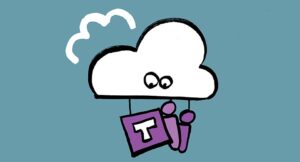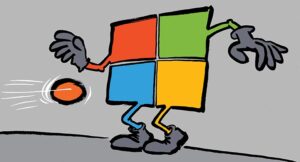How to Manage Teams Apps Permissions and Policies
As Microsoft Teams continues to be rapidly adopted across the globe, the number of applications that integrate with Teams grows as well. So much that it's often difficult for decision-makers and administrators to determine what apps are beneficial to their organization and necessitate inclusion. Fortunately, the Microsoft Teams admin center provides the data around each app you need to decide. This article helps you navigate the Teams admin center; explores the various app types available; and provides detail around permission policies, setup policies, and things like Resource-specific consent you’ll want to familiarize yourself with so you can effectively manage Teams apps for your organization.











